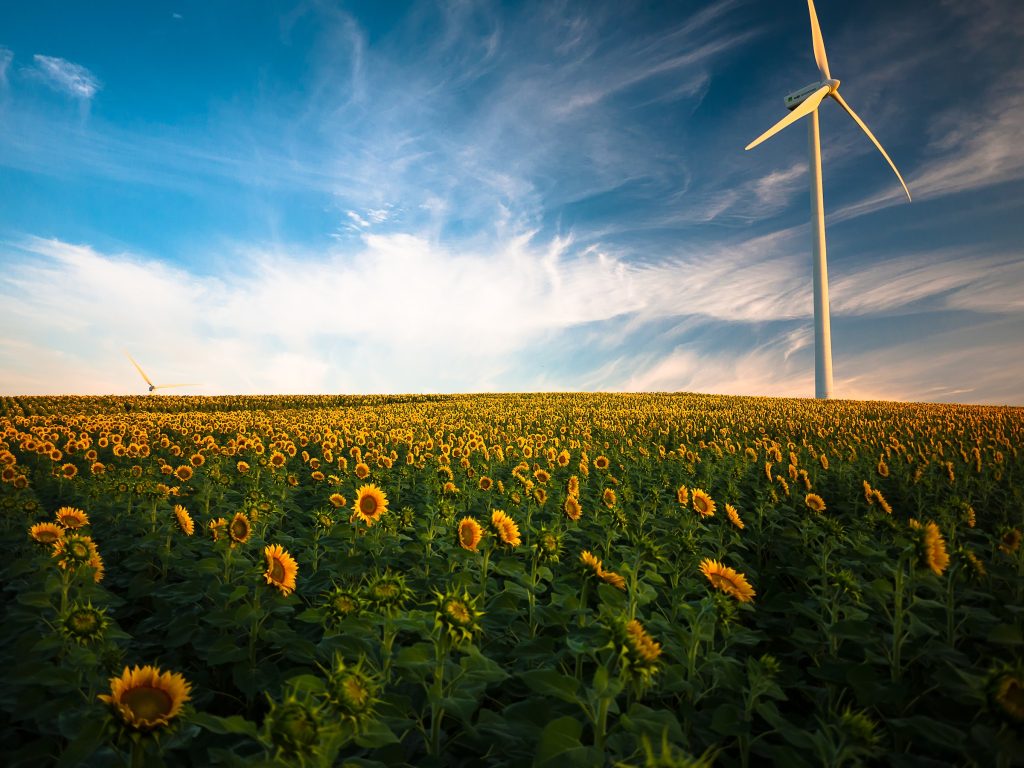
The Dawn of a New Energy Era: How Renewables are Reshaping the American Landscape
TULSA, OKLAHOMA – The sun begins its ascent over Tulsa, casting a golden hue over the city’s iconic skyline, a sight long synonymous with the nation’s vast fossil fuel reserves. But today, a new narrative is emerging from the shadows of oil derricks. The landscape is changing, quite literally, as wind turbines spin on the horizon and solar panels glisten, capturing the morning sun’s energy.
Historically known as the “Oil Capital of the World”, Tulsa’s shift towards embracing renewable energy mirrors a broader transformation unfolding across America, with clean energy surging in popularity and adoption.
America’s Renewed Energy Ambitions
From the bustling streets of New York to the serene landscapes of Colorado, renewable energy sources are replacing the traditional power structures. Solar farms, wind turbines, and electric vehicle charging points are becoming commonplace. The movement is undeniable and offers a glimmer of hope to environmental advocates.
Investments in renewable technology have been skyrocketing. The International Energy Agency (IEA) highlighted that over $1.7 trillion is expected to be pumped into technologies such as wind, solar power, and electric vehicles globally this year alone. This figure overshadows the slightly over $1 trillion marked for fossil fuels, indicating a seismic shift in investor sentiment and priorities.
A Quiet Revolution
Despite the optimism, the transition is more of a quiet revolution. Many Americans might not notice the radical change unless they’re closely following the energy sector. However, energy experts like Fatih Birol, the executive director of the IEA, are well aware. “Clean energy is moving faster than many people think,” Birol remarked, alluding to the rapid pace of this transformation.
Yet, hurdles remain. While renewables are gaining momentum, fossil fuels haven’t vanished. New coal mines and oil rigs are still under construction, and many government policies continue to favor traditional energy sources.

Corporations at a Crossroads
Last year, leading oil companies posted record profits, prompting questions about their commitment to renewables. After all, lucrative profits can often overshadow long-term sustainability goals. While some energy giants have vocalized increased investment in renewable sectors, tangible actions have been inconsistent.
Such corporate ambivalence highlights the duality of America’s current energy landscape. On one hand, there’s an undeniable push towards clean energy. On the other, there’s a palpable inertia from established sectors resistant to change.
Political Tensions and the Road Ahead
The divide isn’t just industrial but also political. As the 2024 presidential election looms, energy policies have become a critical battleground. Proposals from groups like the Heritage Foundation aim to overturn current emission-lowering mandates, jeopardizing progress made in the clean energy sphere.
The challenge, it seems, is balancing immediate economic interests with long-term environmental goals, a task complicated by political leanings and corporate pressures.
Tulsa: A Microcosm of Change
Returning to Tulsa, the city offers a glimpse of the future. Despite its oil-rich history, the community is leaning into renewables. Projects like Enel’s $1 billion solar panel factory and Navistar’s electric bus factory signify a commitment to change. The Public Service Company of Oklahoma, once reliant on traditional energy sources, now obtains over 28% of its power from wind.
As the city sheds its fossil-fueled identity, embracing a cleaner future, one can’t help but wonder if Tulsa is the rule or the exception. Only time will tell if the rest of America will follow suit.
Regardless, as turbines turn and solar panels shine, a message is clear: Change is in the air, and it’s powered by the very elements that surround us.
©eco-guardians.org